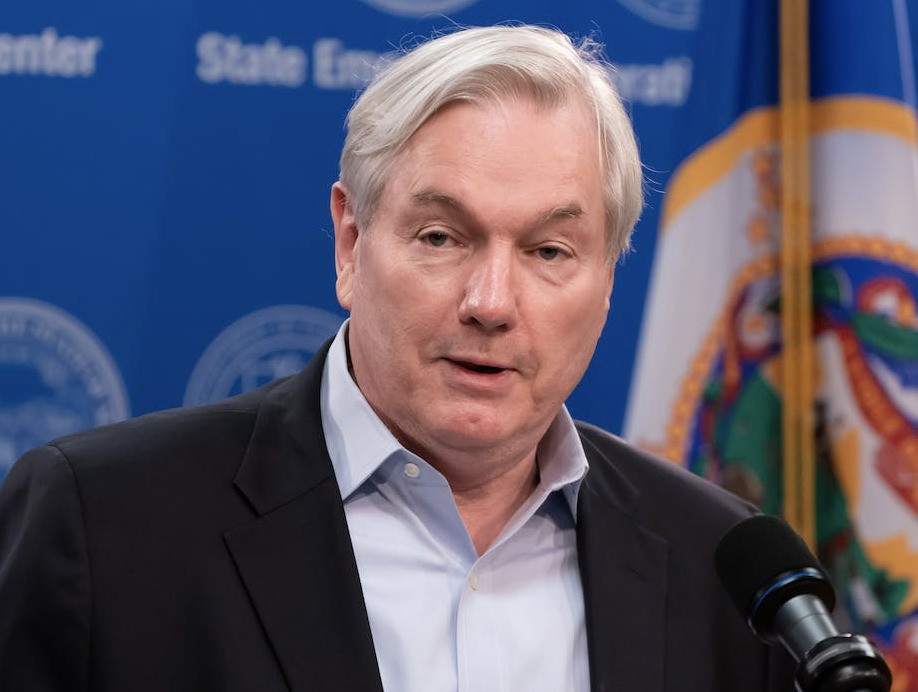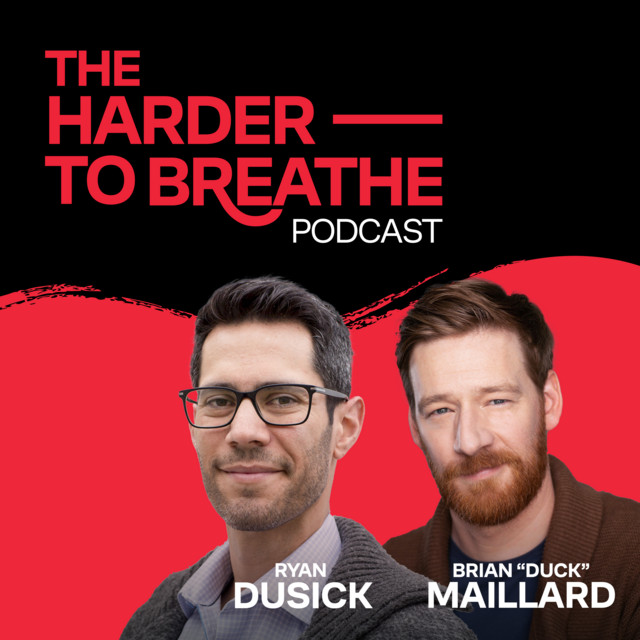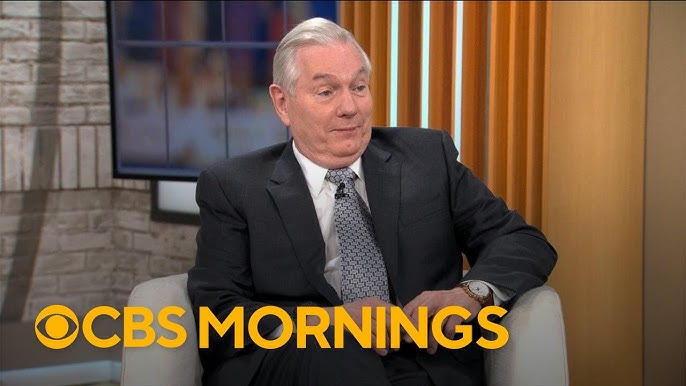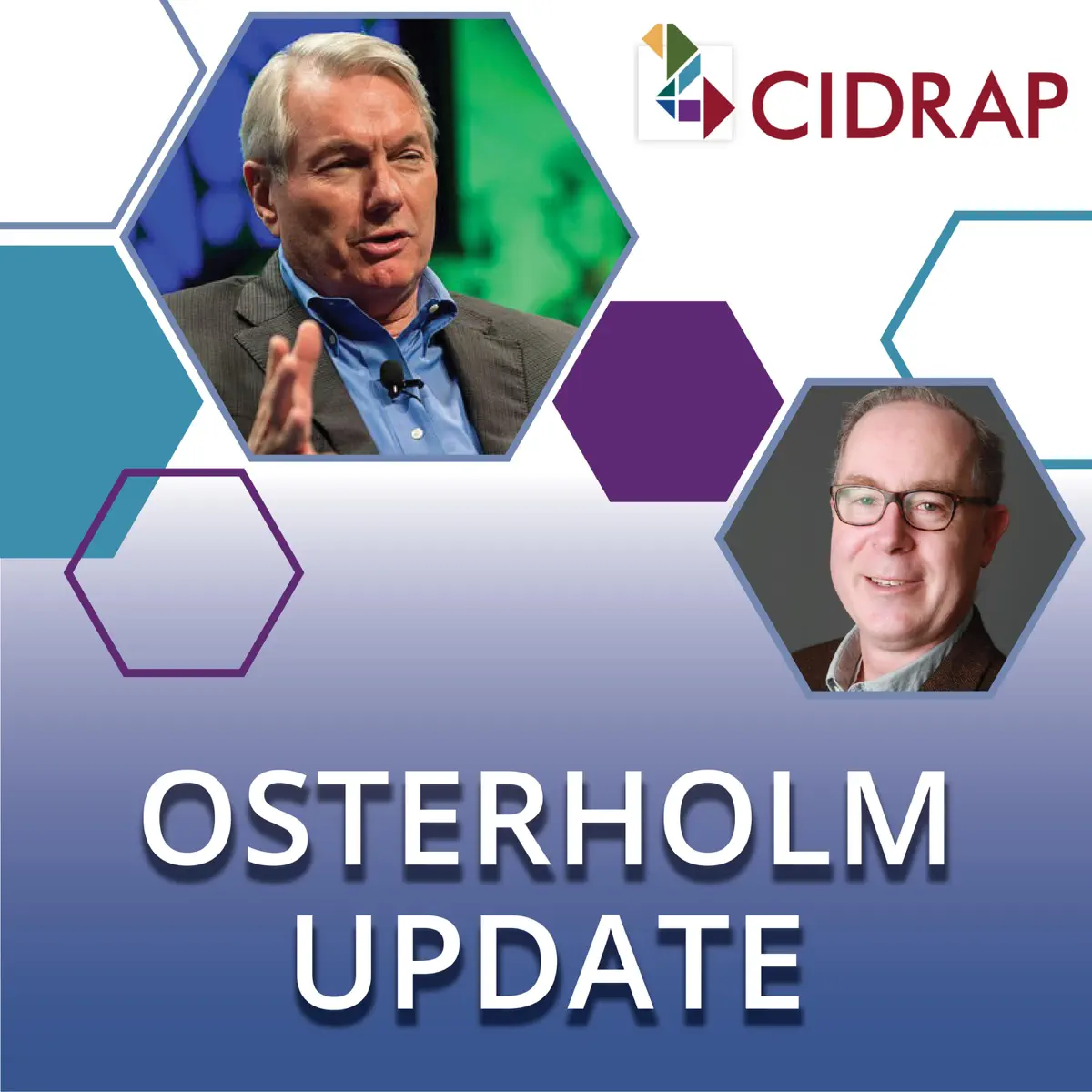Michael Osterholm, Minnesota’s longtime infectious disease specialist and Biden White House adviser, has been a voice of caution through the pandemic. And one of the most careful among us in protecting himself from COVID.
This March, as many people had dispensed with nasal swabs and masks, Osterholm celebrated his 70th birthday by hosting a few (tested) guests for dinner and attending a small, uncrowded music show (wearing an N-95 mask). And yet, he got his first SARS CoV-2 infection.
We checked in with Osterholm about his experience with long COVID, his perspective on where we are in our pandemic journey, and why he still sleeps with one eye open. This interview has been edited for length and clarity.
After three years of educating people about COVID, you finally got it.
I was one of three people who all got infected the same night. We don’t know exactly where we got it. I think the only time all three of us didn’t have a fitted N-95 mask on was just a short elevator ride in my building.
When did you develop long-COVID symptoms?
By week three and four, the fatigue really set in worse than during the illness itself. And I started having memory loss. If you’d asked me, What’s a Champagne and orange juice drink? I couldn’t have thought of the word mimosa. You could talk to me about “Sleepless in Seattle” and I could picture the two actors, but I couldn’t tell you their names.
My first reaction was, “Omigod, is this early Alzheimer’s?” But by talking to my colleagues, I began to realize, of course, this is likely part of that composite long COVID. After about a month, the memory loss seemed to go away, but the fatigue persisted. There were times I would walk across our condo and just be exhausted. It really hasn’t been until about the last month and a half that I’ve really started to feel as if I’m fully back.
What was it like experiencing an illness that can last for years?
If COVID was ever an intellectual challenge for me, it was in terms of what I dealt with in all the anger, and hate, and science. It became a very emotional issue after I got infected. I thought of all those things: Is this my lot in life for the rest of my days? It only gave me more empathy for those who have had persistent, serious, long COVID. I could really identify with them much more and feel their frustration and their fear of what the future will bring.
COVID hospitalizations and deaths have diminished. What are your concerns now?
I think we’re clearly on the backside of what I would call the pandemic surges. I don’t think we’re going to ever go back to 2020, 2021 or 2022. But at the same time, one of the challenges we have is these variants keep changing. And what these changing variants might do and how they might do it is something we haven’t anticipated yet.
Also, we’re actually seeing a population that, in many cases, is becoming less immune, not more. Because as time goes on, we know that the duration of protection from both vaccine and previous infection wanes. So, I don’t know where it’s going to go. It’s not done with us yet. I still sleep with one eye open anticipating the future. I learned a long time ago in this job that hope is not a good strategy.
Can you give us a preview of your forthcoming book?
It’s about the lessons we should have learned from this pandemic. Over the next several months, we’re about to see the public health system in this country systematically dismantled. I’ve never seen anything like this in my 48 years in the business — the amount of clawback that has happened with resources and funds.
We’re going to see major layoffs in public health agencies all across the country at federal, state and local levels. We’re going to see research scaled back substantially on infectious diseases.
What do those kind of cuts mean?
If you add it all up, and then you realize the lack of trust that exists now in public health, I think we’re less prepared for the future than we were in 2019 and 2020. And it doesn’t have to be that way. We have to continue to sustain efforts to get better vaccines.
Seasonal flu still kills a lot of people. What if we had the holy grail vaccine that actually had broad protection, durability, and could be administered around the world without a minus-30-degree cold chain? Wouldn’t that be something? Now more than ever we should be really hunkering down and looking at that as a strategic goal.
What’s a worst-case scenario we might face?
Just think of the following: If you look at coronavirus’ pandemic potential, between SARS [severe acute respiratory syndrome] and MERS [Middle East respiratory syndrome], they killed 15 to 35% of the people that got infected. The good news was that they were not nearly as infectious as SARS-CoV-2 [responsible for COVID-19].
But SARS-CoV-2 only killed a half percent of people, at most. There is nothing in the biological cookbook that says eventually we’re not going to see a coronavirus that is as infectious as SARS-CoV-2 and kills at the same rate as MERS and SARS.
What’s your advice about the new boosters coming out later this summer and fall?
Please get boosted. We’re already seeing the XBB booster may have some good protection.






